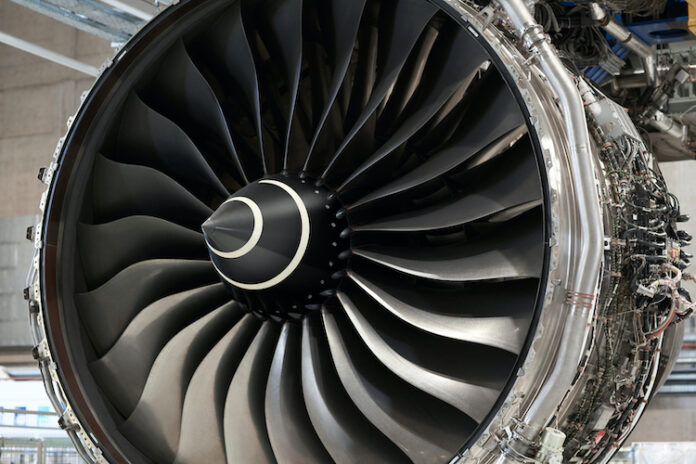NVIDIA, Rolls-Royce and quantum software firm Classiq have designed and simulated what is touted as the world’s largest quantum computing circuit for computational fluid dynamics (CFD) — a circuit that measures 10 million layers deep with 39 qubits.
By using GPUs, Rolls-Royce is preparing for a quantum future despite the limitations of today’s quantum computers, which only support circuits a few layers deep.
Rolls-Royce plans to use the new circuit on its journey to quantum advantage in CFD for modeling the performance of jet engine designs in simulations that use both classical and quantum computing methods.
Such breakthroughs are important to Rolls-Royce, a world leader in the aviation industry, in its work to build state-of-the-art jet engines that support the energy transition with more sustainable aviation.
“Designing jet engines, which are one of the most complicated devices on earth, is expensive and computationally challenging,” said Ian Buck, VP of hyperscale and HPC at NVIDIA.
“NVIDIA’s quantum computing platform gives Rolls-Royce a potential path to tackle these problems head-on while accelerating its research and future development of more efficient jet engines,” said Buck.
Leigh Lapworth, computational science fellow at Rolls-Royce, said that applying both classical and quantum computing methods directly to the challenge of designing jet engines will help them accelerate their processes and perform more sophisticated calculations.
Rolls-Royce and its partner, Israel-based Classiq, designed the circuit using Classiq’s synthesis engine and then simulated it using NVIDIA A100 Tensor Core GPUs.
The speed and scale of the process was made possible by NVIDIA cuQuantum, a software development kit that includes optimised libraries and tools to speed up quantum computing workflows.
A vast array of the world’s quantum computing research now runs on NVIDIA GPUs. The Jülich Supercomputer Centre, one of Europe’s largest facilities for quantum computing, also announced at ISC plans to build a quantum computing lab with NVIDIA, highlighting the growing importance of hybrid quantum-classical computing systems.
The lab will also help developers advance the field of quantum computing with tools like CUDA Quantum.
Additionally, ORCA Computing is the latest QPU builder to integrate CUDA Quantum, combining its photonic quantum computer with GPUs for machine learning. TensorFlow Quantum and TorchQuantum — two popular quantum machine learning frameworks — now also integrate cuQuantum.
The majority of the world’s quantum computing software today supports GPU acceleration with the NVIDIA quantum platform.
















